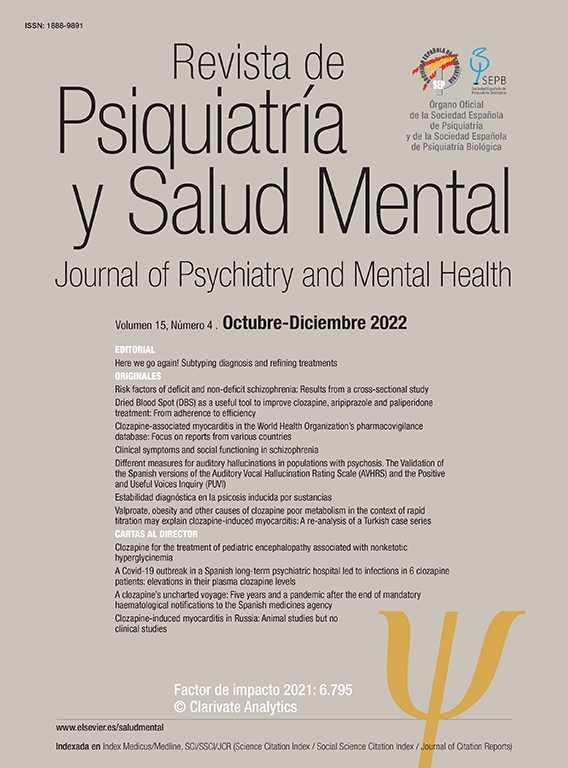Suicide is one of the leading causes of preventable death worldwide1 and its prevention has become a major target. Therefore, a first step is to identify the critical at-risk groups to recognize vulnerability pathways and optimize preventive protocols. Suicide is, therefore, considered an occupational hazard2,3 for specific groups with certain risk factors, such as availability of firearms and high job stress.4 Among these groups, mounting evidence points police officers to be at an elevated risk of suicide within law enforcement compared to the general population.5,6 In this regard, some studies have revealed the alarming figures surrounding the mortality among police forces.
We decided to focus our study specifically on Spanish police forces. From our best knowledge, there is a lack of research regarding police suicide in Spain and concretely, there appears to be an absence of accurate estimates about mortality rate in the Civil Guard officers. Civil Guard Corp is a national force equivalent to a federal military-status police force. In this letter we aim to provide some insight into the overall suicide mortality among Civil Guard officers from 1990 to 2020. Moreover, it intended to feature longitudinal trends in terms of sex and age groups.
For this purpose, we used national data that were retrieved from the Spanish National Institute of Statistics (Instituto Nacional de Estadística, INE), Official Bulletin of the Spanish Parliament and Statistical Bulletin of the Civil Guard. Afterwards, to analyze this data, we calculated the Annual age-standardized mortality rate (ASMR) for all Spanish civil guards from 1990 to 2020 and compared this to estimates from the general population. We also used other statistics such as Granger's test, the Quasi Information Criterion and Poisson regression to provide evidence on time series equivalence, show significant time effects and study the relationship between suicide mortality trend and sex and age groups.
Finally, the analysis revealed that between 1993 and 2020 (as data from 1990 to 1992 were not available from Civil Guard registers) overall ASMR was 17.19 per 10,000 officers (SD=9.33), (Granger's F(5)=0.65, p=.68) which means that was significantly higher among Civil Guard officers in comparison to the Spanish general population, as displayed in Fig. 1 and no overall time effect was found for the whole Civil Guard series (p>0.05). The Poisson regression revealed a significant increase in suicides in two age groups: 40–49-year group (QIC for the unconstrained model=134.42; QIC for model with time effect=128.68), B=0.03 (Ci95=0.01, 0.05) and 50 or older group. (QIC for unconstrained model=105.65; QIC for model with time effect=99.28), B=0.04 (Ci95=0.01, 0.08).
In summary, our results provide robust evidence on the increased mortality risk in law enforcement forces, particularly among the Civil Guard officers who are at higher risk of suicide than the overall population, specifically middle age, and older men. Access to suicide means (e.g., firearms), stress derived from first-line professionals, and related mental health issues may be behind this risk as mentioned in previous studies,3,4 therefore this result claims for action to open new lines of research and prevention, specifically targeting this vulnerable population.
FundingThis study was supported by the Instituto de Salud Carlos III (grant ref.: PI20/00229) and co-funded by the European Regional Development Fund (ERDF); and the program Investigo from the Community of Madrid (grant ref.: CT36/22-47-UCM-INV).
Conflict of interestThe authors declare that they do not have any conflict of interest to be disclosed.









